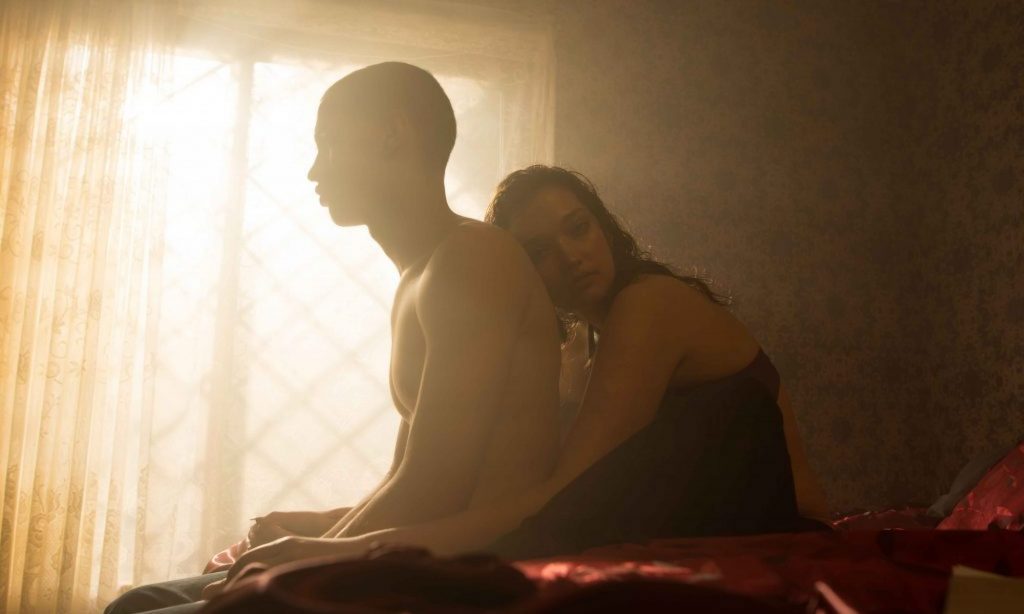Yesterday I saw the new course Fashion Film and Digital Production. I read it all and sound really good. I try to compare to what we were doing and how the courses were changing. I must say I am happy were I am now. I think almost every one in class is doing fashion film or trying to experiment with a video camera. Also, it is about us creating and collaborating with other persons in or outside the UAL umbrella for this year.
Yesterday I went to LG and I saw Firda´s Fashion Film. IT looked very good! While there I went to the media lab and saw there is new equipment. More than three analogue cameras for photography, new lights (really cool), and new videocameras: new black magics.


So, the new black magic… There is one thing that is better regarding the other one, it has more nds that is for getting more light range and it is more complete. I hope the other one is not gone 🙁
I am an art direction/set designer/production designer/stylist what ever and I must say I dont like small cameras. This one might be more complete but its smaller and no 🙁
When I saw this I thought about the MA FFDP. I really hope LCF will get at least a Sony to film <3 , I also asked for the ronin! They only have one 🙁
I found this on my mom´s closet back home. Its going to be here in London with me since march 🙂

I think I will love how the film looks
I am not saying I wont use the black magic, I will its for free but it will be more interesting to try other cameras.
